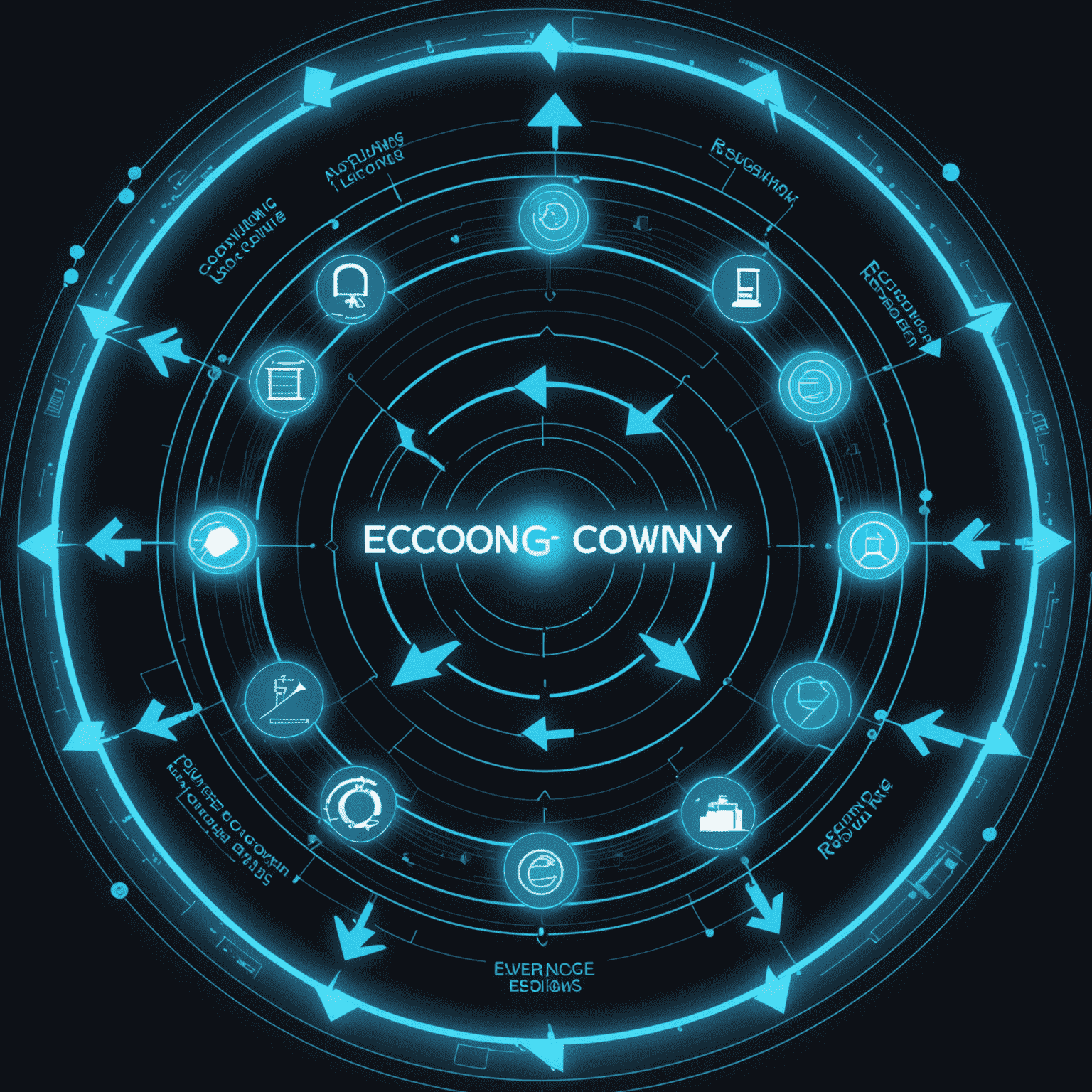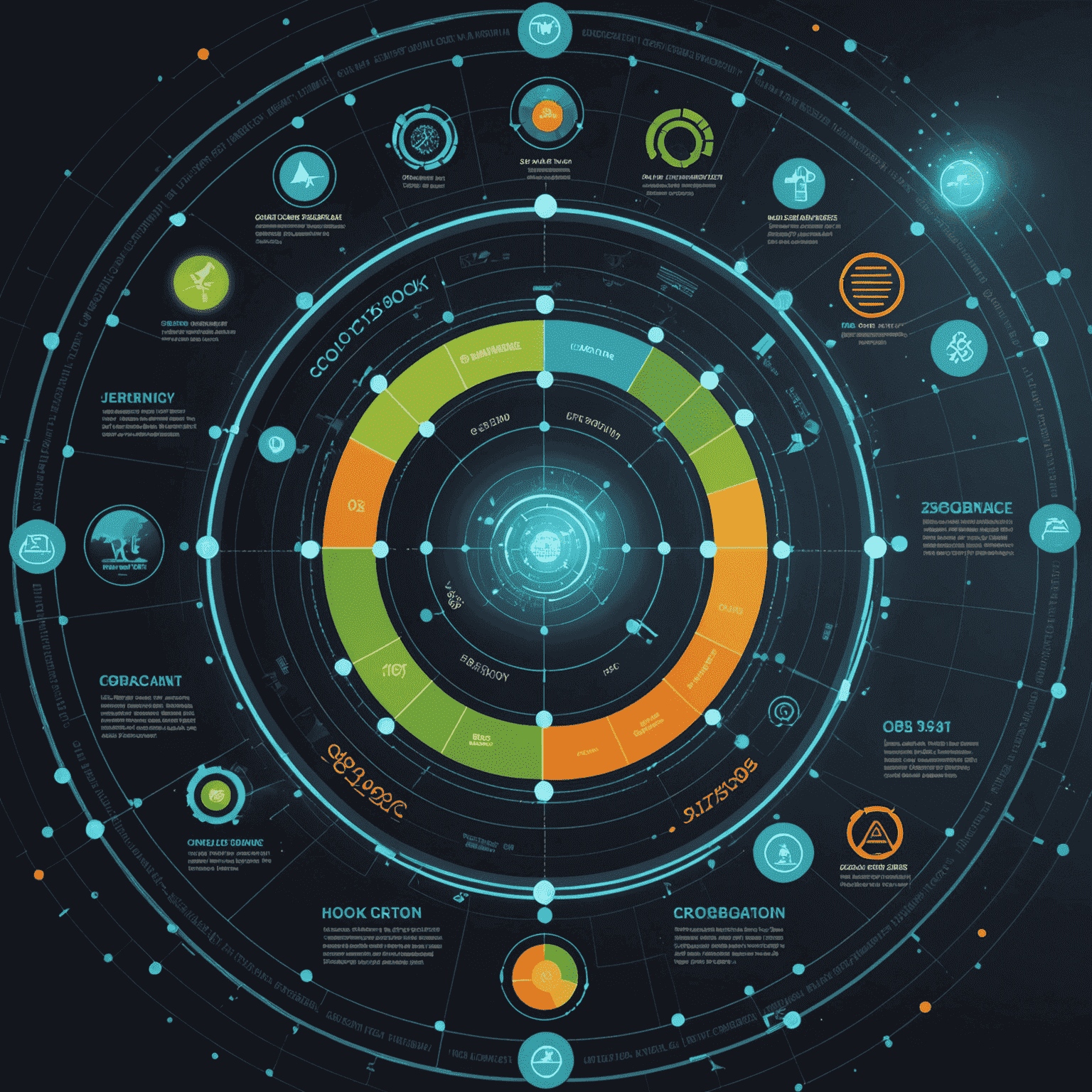Circular Economy: Reducing Waste in Industry

In an era where sustainability is paramount, the circular economy model emerges as a beacon of hope for industries worldwide. Terrabank Consulting explores innovative strategies to implement circular economy principles across various sectors, paving the way for a more sustainable and efficient industrial future.
Rethinking Resource Utilization
The linear "take-make-dispose" model is becoming obsolete. Industries must pivot towards a circular approach where resources are used, recovered, and regenerated in a closed loop. This paradigm shift not only reduces waste but also creates new economic opportunities.
Key Strategies for Industrial Sectors
- Manufacturing: Implement modular design for simplified disassembly and material recovery
- Chemical Industry: Develop bio-based and biodegradable alternatives to petrochemicals
- Construction: Utilize recycled materials and design for deconstruction
- Electronics: Create take-back programs and improve product longevity
- Textiles: Adopt recycled fibers and waterless dyeing techniques

Technological Enablers
Emerging technologies are crucial in facilitating the transition to a circular economy:
- AI and Machine Learning for optimizing resource allocation
- IoT for real-time tracking of material flows
- Blockchain for enhancing supply chain transparency
- 3D printing for localized, on-demand production
- Advanced recycling technologies for complex materials
Overcoming Implementation Challenges
While the benefits of a circular economy are clear, industries face several hurdles:
- Initial expenditure costs
- Redesigning supply chains
- Changing consumer behavior
- Regulatory alignment
- Cross-industry collaboration
Terrabank Consulting provides tailored solutions to address these challenges, ensuring a smooth transition to circular practices.
The Economic Opportunity
The circular economy isn't just about environmental sustainability; it's a trillion-dollar economic opportunity. By 2030, circular economy principles could generate up to $4.5 trillion in economic benefits globally, creating new markets, jobs, and innovation opportunities.

Conclusion: A Circular Future
The transition to a circular economy in industry is not just a trend; it's a necessity for sustainable growth. By embracing these principles, businesses can reduce their environmental impact, increase efficiency, and unlock new avenues for innovation and revenue. Terrabank Consulting stands ready to guide industries through this transformative journey, ensuring a prosperous and sustainable future for all.